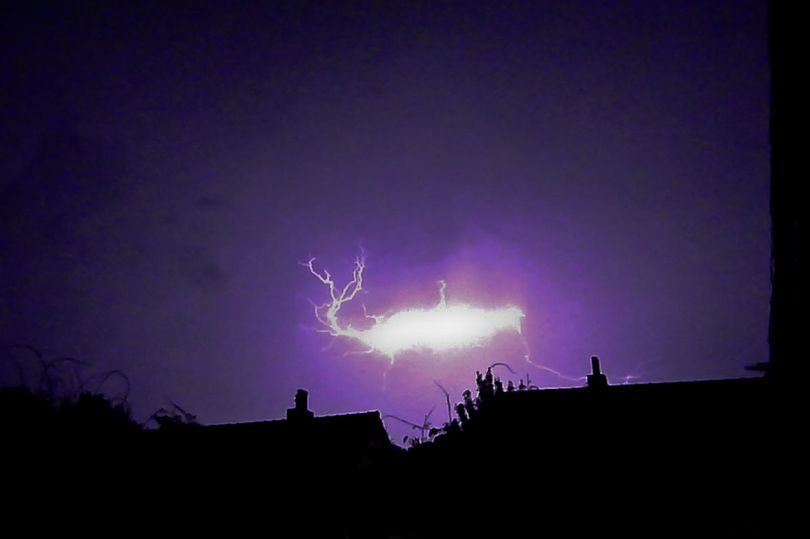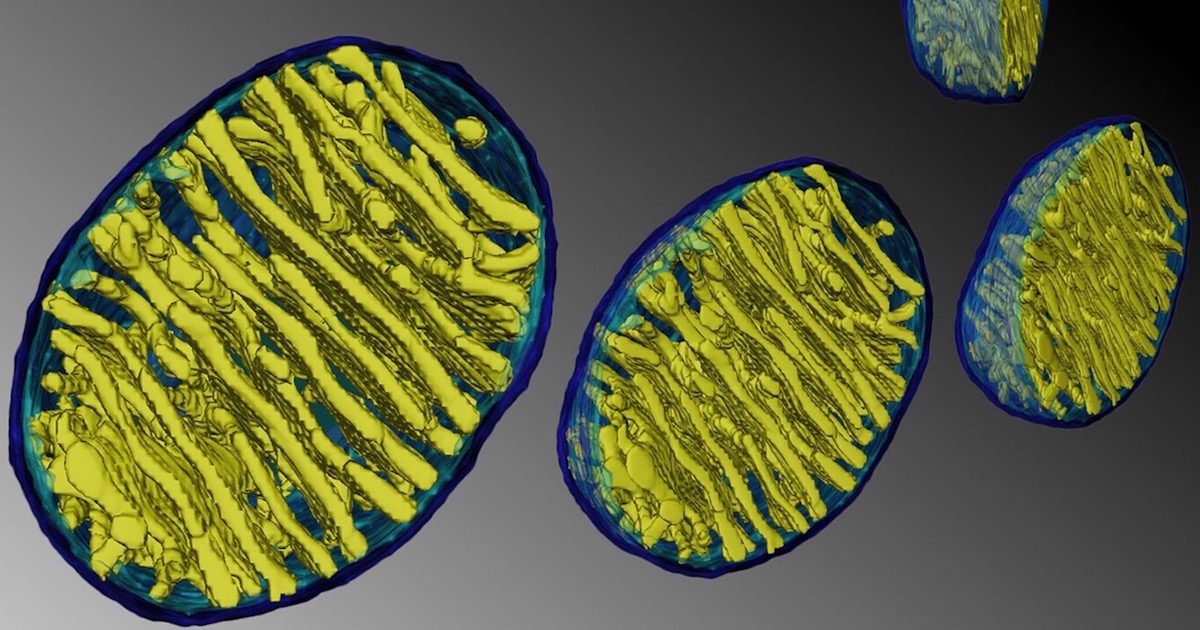OF THE
TIMES


Leveraging artificial intelligence techniques, researchers have demonstrated that mutations in so-called 'junk' DNA can cause autism. The study, published May 27 in Nature Genetics, is the first to functionally link such mutations to the neurodevelopmental condition. [Emphasis added.]
The Chinese corporation is negotiating a replacement for Android with the Aurora operating system, currently being developed by Moscow-based firm Russian Mobile Platform, Russian news outlet the Bell reports, citing an official familiar with the issue.
Huawei Chairman Guo Ping reportedly discussed the possible deal with the Russian minister of digital development and communications, Konstantin Noskov, ahead of the St. Petersburg International Economic Forum.
"China is already testing devices with the Aurora pre-installed," the official said.
Moreover, the subject was addressed during an official meeting of Russian President Vladimir Putin with Chinese leader Xi Jinping the day before the business event. The two presidents reportedly discussed both an opportunity of installing the Aurora operating system on Huawei smartphones and localization of some of Huawei's production facilities in Russia.
Aurora is a mobile operating system that is being developed on the basis of Sailfish OS, designed by Finnish technology company Jolla. In 2014, Russian entrepreneur Grigory Berezkin became a co-owner of Jolla. Since 2016, the Open Mobile Platform company, associated with the businessman, has been developing a Russian version of the system. Last year, a 75-percent share in the Open Mobile Platform was purchased by Russia's state telecommunications company, Rostelecom.
The speed of a hairy frogfish's bite is the result of a vacuum in its mouth that can suck in its prey in just 1/6000th of a second. It's so fast that even slow-motion video struggles to capture it.
Biologists clocked the speed at which the trap-jaw ant, Odontomachus bauri, closes its mandibles at 35 to 64 meters per second, or 78 to 145 miles per hour - an action they say is the fastest self-powered predatory strike in the animal kingdom. The average duration of a strike was a mere 0.13 milliseconds, or 2,300 times faster than the blink of an eye. "Trap-jaw ants have fastest recorded strike in animal kingdom" at UCal Berkeley
Comment: It remains to be seen whether this theory will stand the test of time: